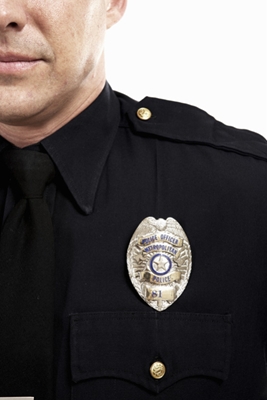As very verbal communicators, we find it hard to admit that, sometimes, our words don’t work.
On a complicated, intricate change. When statistics rule (and they do, these days, very often). If emotions need to drive the initiative. And if, plain and simple, a shape or color or legacy symbol says an eye-full.
Marketers call it the visual hammer, the one image that instantly relates to a brand or a company. We think of Coke’s bottle, the Nike swoosh, the Tiffany blue box, Christian Louboutin’s red soles, even Paul Newman as real-life examples.

In the practice of internal and external communications, there is a right balance between words and images. The interplay works best, in our opinion, when a major initiative is being launched, one that must infiltrate every employee’s and, often, many outsiders’ psyches to be successful. Sometimes, it’s a powerful “sans hyperbole” slogan – say, unusual acronyms or five to six words – that exhorts readers and watchers to do something. For others, it first appears as a fabricated look that invades our eyes, and asks “what is this?” and “why should I know?,” sparking the sense of intrigue that drives us to want more.
It’s not an easy task. We’ve spent hours and days and weeks thinking, free-associating, dreaming in our slippers, piling through content-laden magazines and thesauri, and using such tomes as A Technique for Producing Ideas (James Webb Young). The answer? You’ll know it when you read/see it.
